Chevrolet Camaro Facelift 2013 [Coupé, Convertible]
-
Contenuti simili
-
Dacia Sandero Facelift 2025 (Spy) 1 2
Pubblicato da MotorPassion,
- dacia
- dacia sandero
- (e 4 altri in più)
- 10 risposte
- 1311 visite
-
- 4 risposte
- 1078 visite
-
Citroën C4 & C4 X Facelift 2024 (Spy) 1 2 3 4 7
Pubblicato da j,
- citroen spy
- c4 spy
- (e 4 altri in più)
- 60 risposte
- 15496 visite
-
-
-

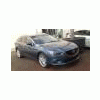

.thumb.jpg.902d2a4f20a129e92b6f6920407b81bd.jpg)








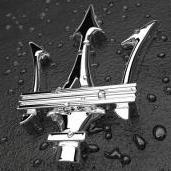
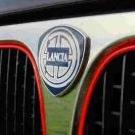



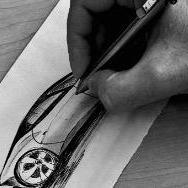
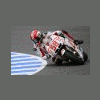
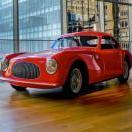



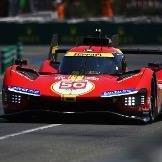
.jpg.0a9ff73d7a7ad09550fc411cda37bc7c.thumb.jpg.095392f5d8b6dc45c10ccf463694d027.jpg)
Messaggi Raccomandati:
Crea un account o accedi per lasciare un commento
Devi essere iscritto per commentare e visualizzare le sezioni protette!
Crea un account
Iscriviti nella nostra community. È facile!
Registra un nuovo accountAccedi
Sei già registrato? Accedi qui.
Accedi Ora